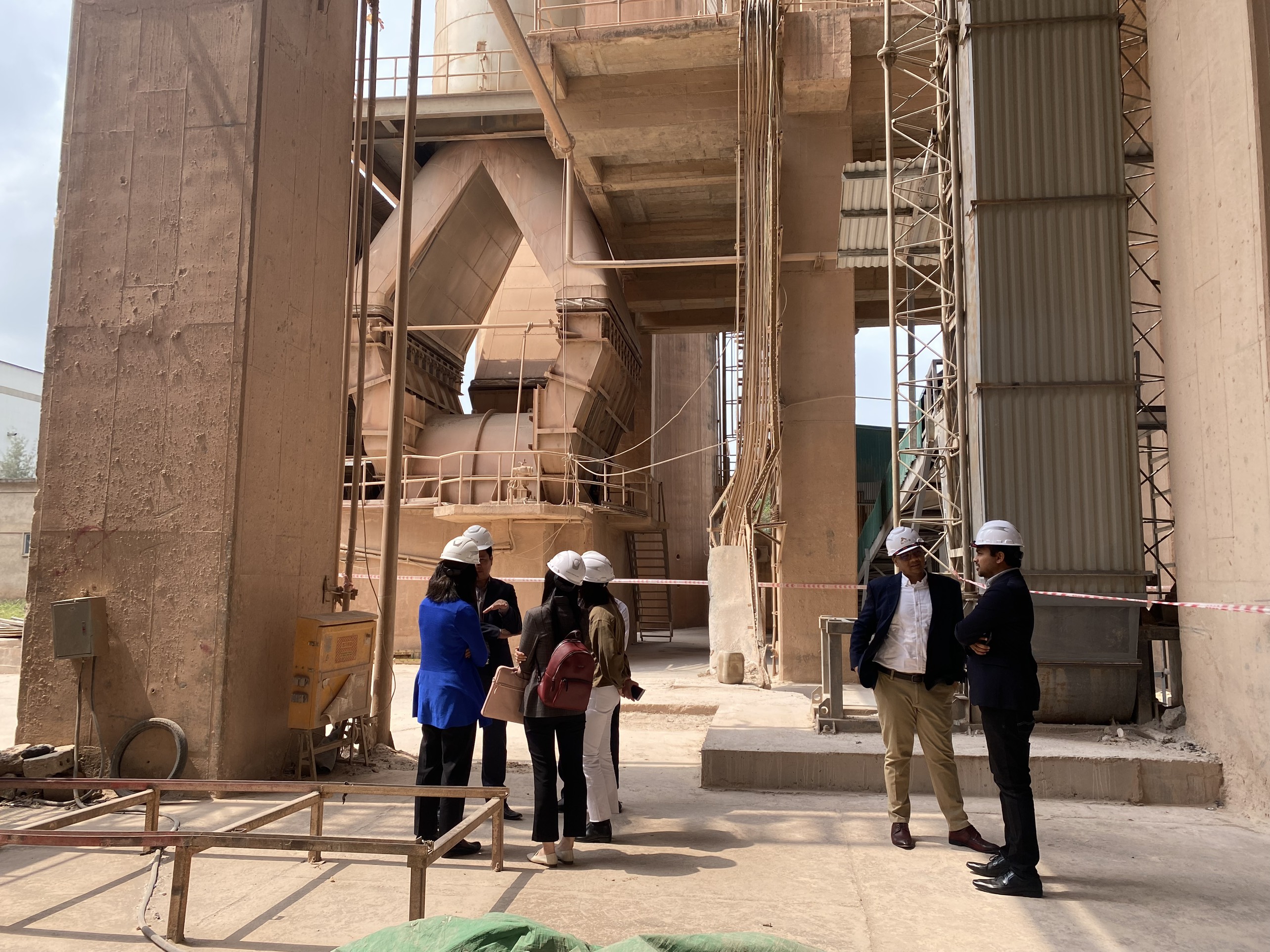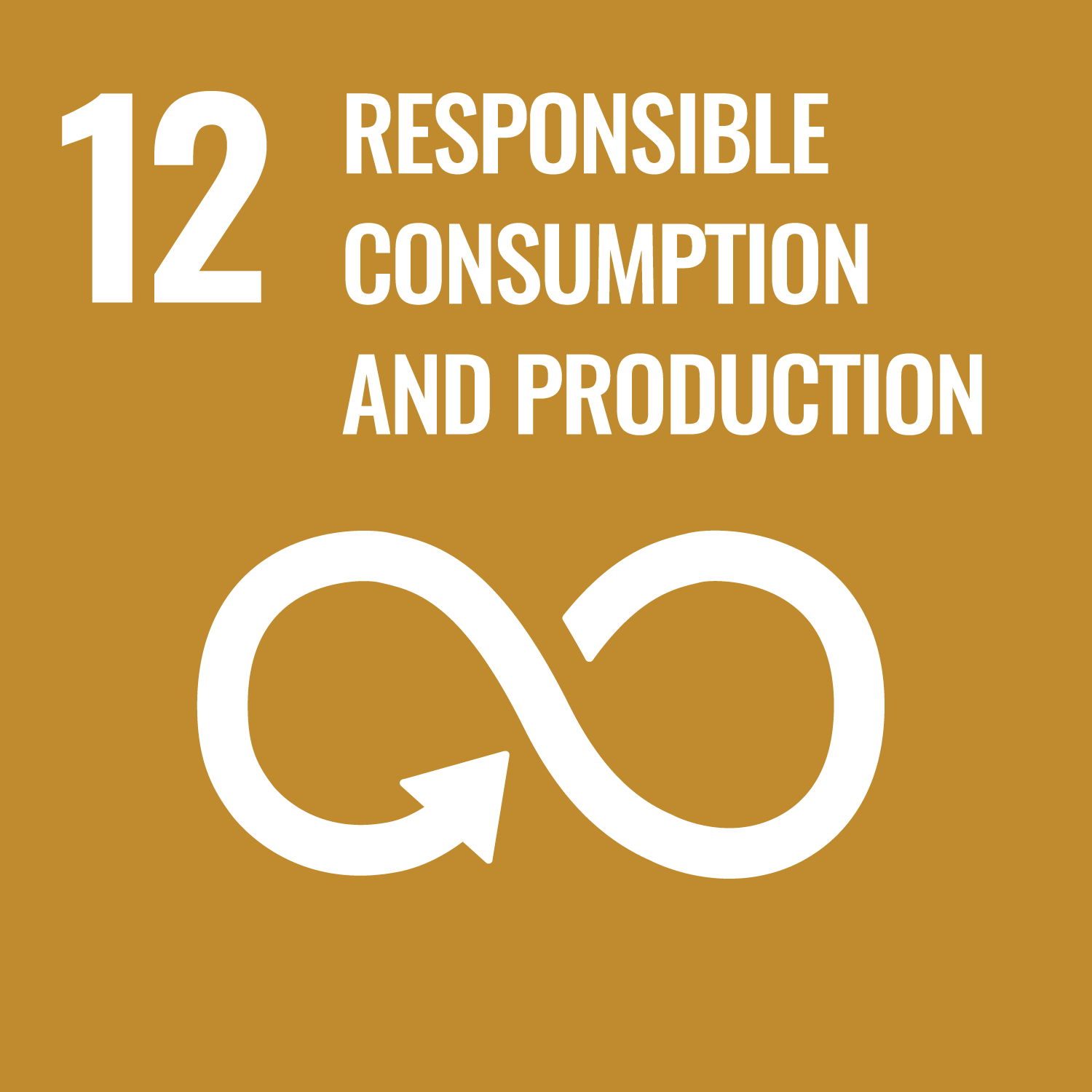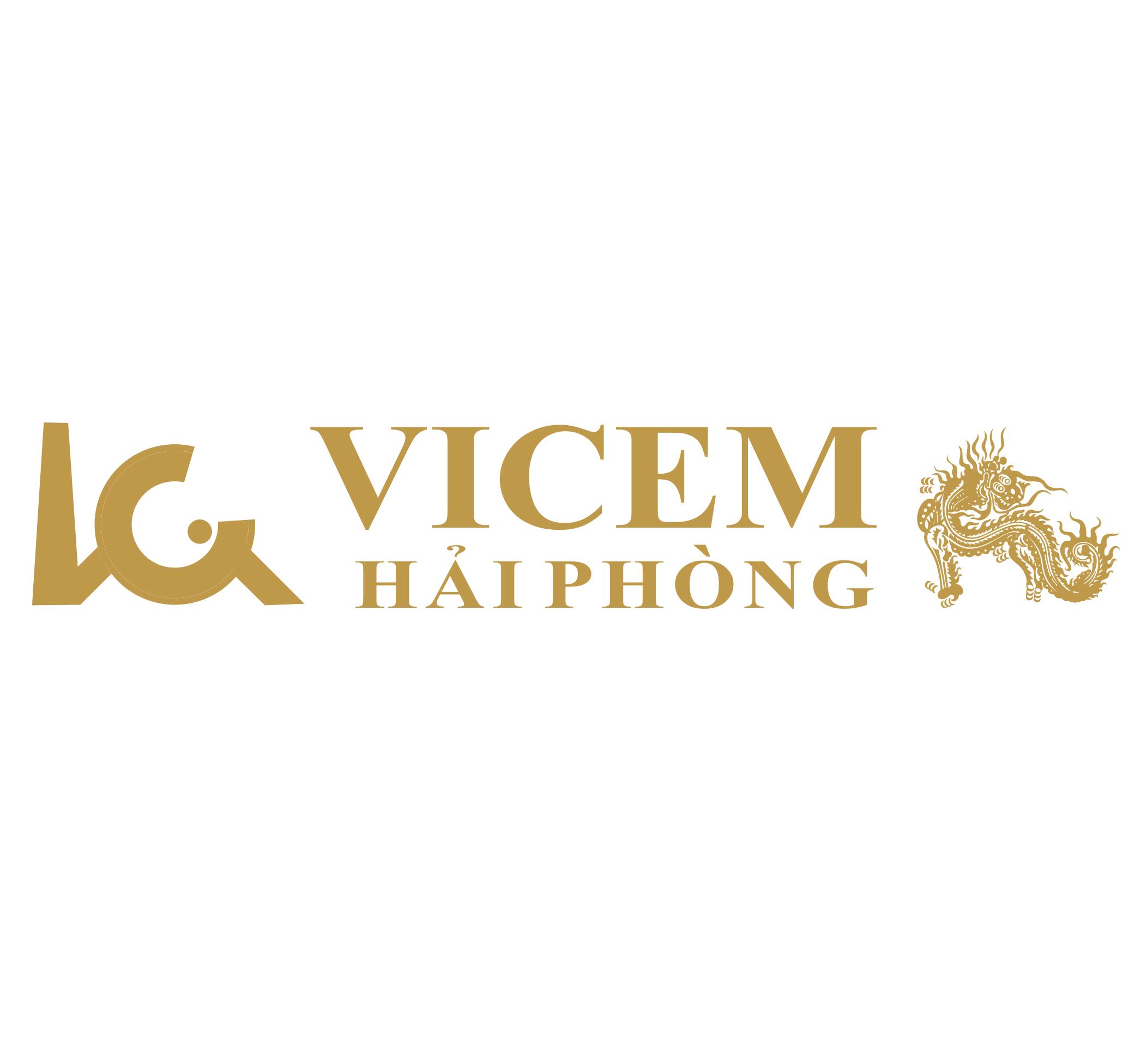Greening Cement

About
The Greening Cement partnership aims to use municipal and industrial waste as an alternative fuel for cement production in Vietnam.
Investing in Impact
P4G has provided the partnership with US $360,055 in catalytic grant funding.
Cement production plays a key role in Vietnam’s economy yet remains one of the most polluting industries. Additionally, Vietnam currently produces about 70,000 tons of waste per day and 75% of that ends up in landfills. The Greening Cement partnership aims to address both challenges by reducing Vietnam’s waste while shifting the cement industry to more sustainable growth.
The partnership focuses on Cement Industry Corporation of Vietnam (VICEM) plants, which are state-owned, enabling this pilot to lead the way in changing the waste management system and cement infrastructure in Vietnam. With HOTDISC technology provided by the Danish engineering company FLSMIDTH, the partnership can process industrial and municipal waste from wet powders such as paper sludge as well as large solid waste, such as tires or old car fragments. The waste to energy process eliminates the need for expensive shredding and provides greater energy efficiency. As the result of this partnership, VICEM Ha Long will proceed to get the approvals for investing in the HOTDISC technology and use 100% waste in the cement production process.
Securing waste supply remains the biggest challenge in implementing the waste-to-energy technology, compounded by a lack of transparency on environmental issues. Following the global economic downturn, the cement industry in Vietnam is also facing economic challenges due to the higher price of input materials and the decrease in export volume. Yet this also provides an opportunity for the partnership to demonstrate the value of reducing costs of cement production and fuel, where Greening Cement can play a key role in supporting the Vietnamese government’s commitment to achieving a circular economy and energy transition. The related government ministries, departments and agencies have acknowledged the partnership with support.
Beyond P4G funding, the partnership plans to replicate the business model in other cement plants, as some waste management companies and agencies have approached the project team about the business opportunities of the Greening Cement partnership.




.png)
.png)
